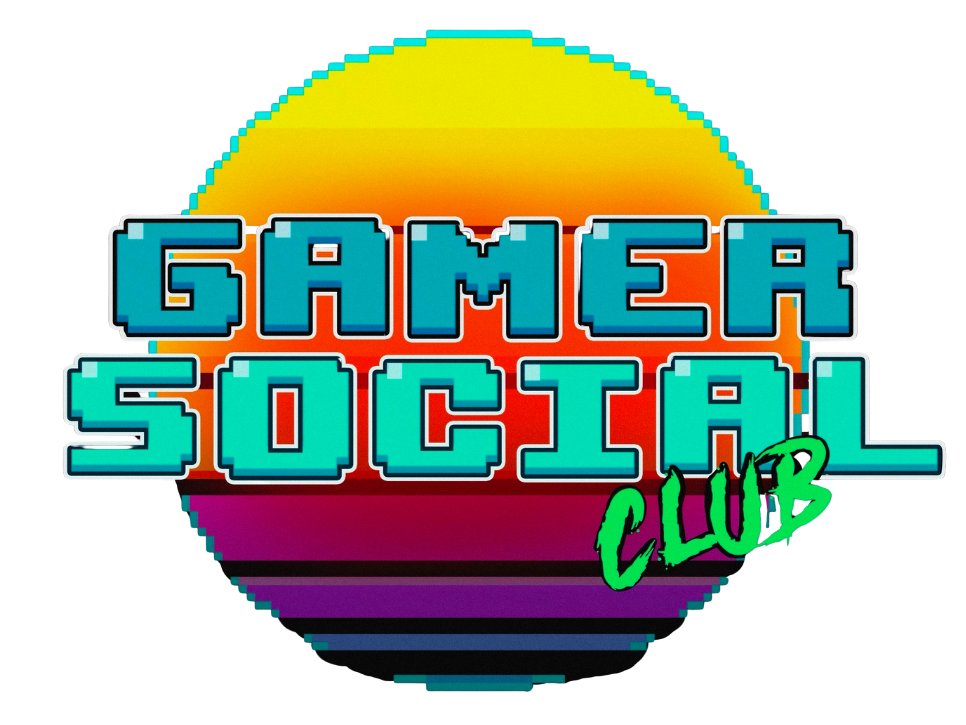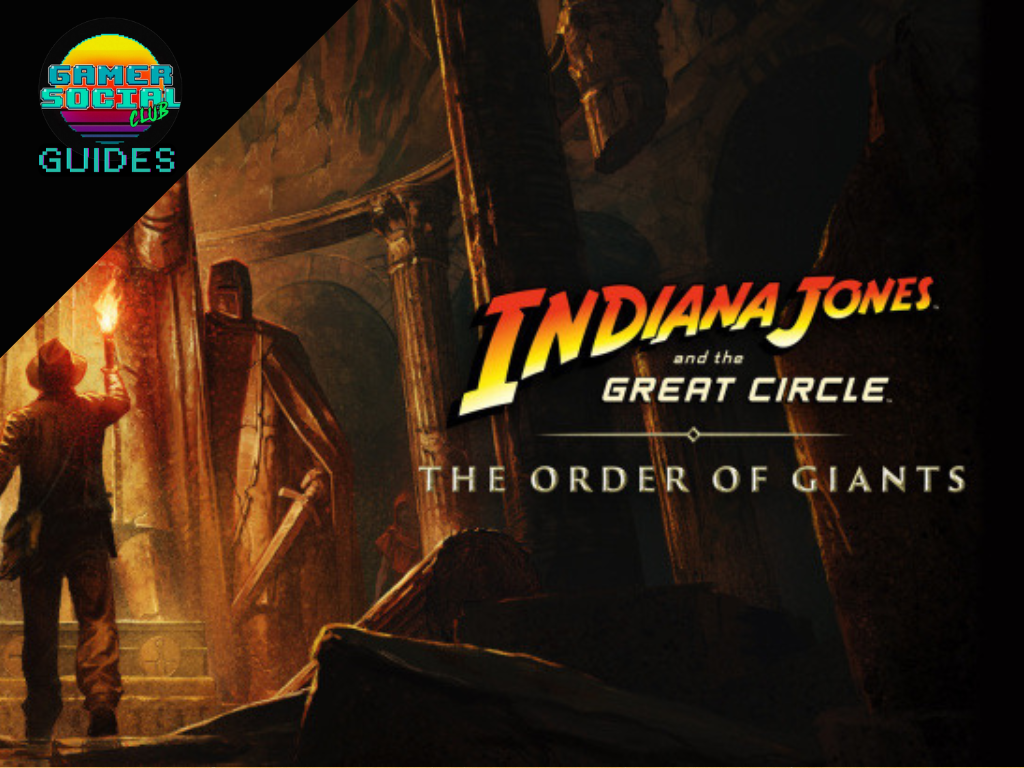Over the last few years, I’ve really gotten into Soulslike games. My first foray into them was bumpy, Dark Souls on the Xbox 360 did NOT go well. Thankfully some of my close friends helped bring me round to them and I gave them another go, so much so that Lies of P and Elden Ring ended up being my last two previous GOTYs. So naturally, when I heard about Deathbound, a ‘party-based’ Soulslike, you could say I was intrigued!
It seems almost fitting that my first three or four hours with Deathbound involved losing all my progress and having to start over again. A weird bug with my save meant I lost all my progress and had to restart my preview. But of course, in true Soulslike fashion, I was more experienced and learned what was needed of me in that initial area, so I blitzed through it with a level of confidence, and experience, I didn’t have the first time around. Thankfully, that’s the only real negative experience I’ve had with my time in the world of Deathbound thus far.
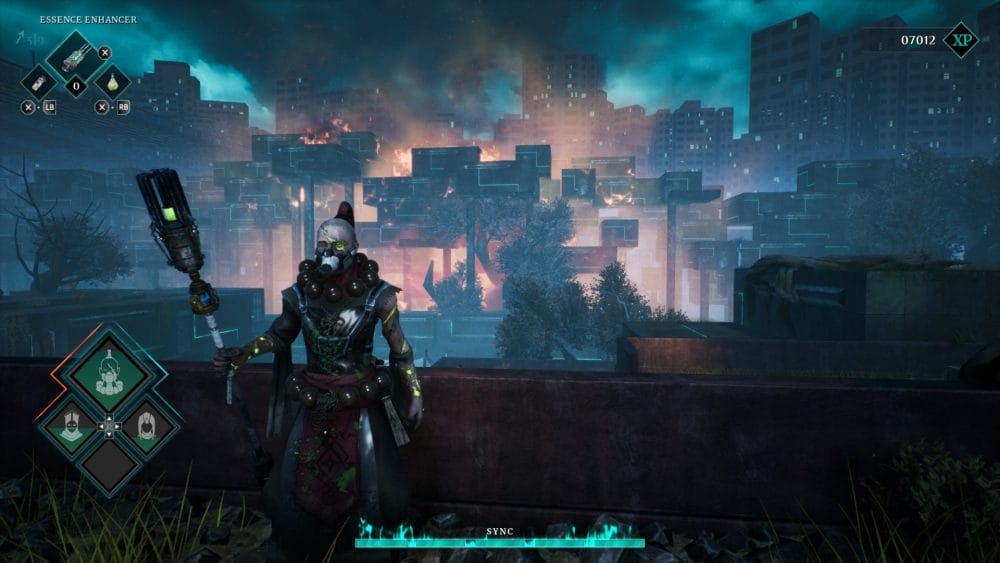
The game is set in the world Zieminal, which is enjoying a brief period of collapsing civilisation following the sibling rivalry between the Goddess Death and Goddess Life got out of control. Leading to the world’s inhabitants losing their immortality, and their lives as they knew it in, in the process. What remains are two sects:
- The Church of Death, the dominant faith, a fanatical organisation that persecutes unbelievers or critics.
- The Church of Life, essentially any and all folk and orgnaisations who resist the Church of Death and its followers. This alliance includes a group of worshippers, Essencemancers, who experiment with the very essence of life!
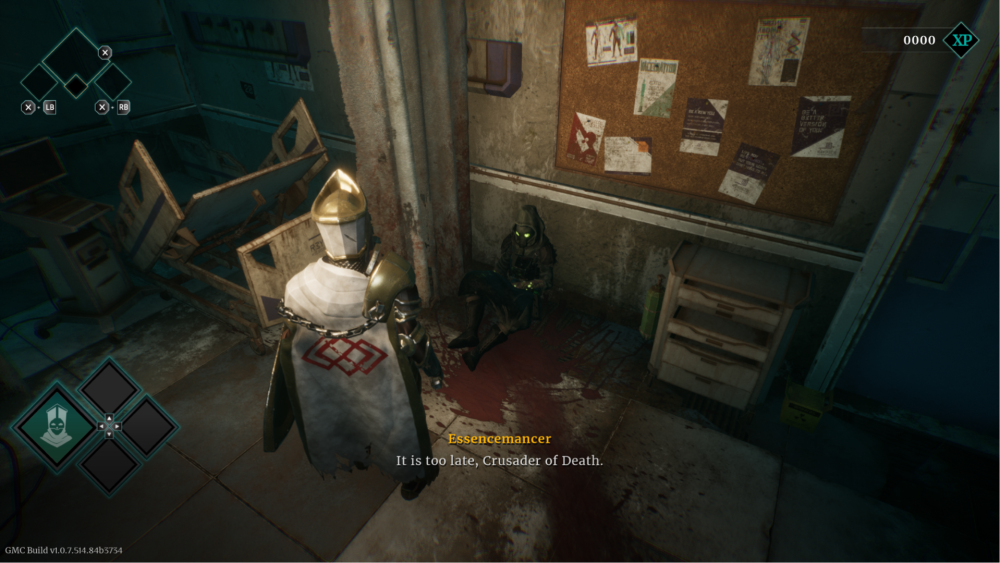
Billed as the first ‘party-based’ Soulslike, the game sees you donning the mantles of several protagonists. I partied with four characters, but there are more to find and play with the in the main game! But what does that mean? When I first read ‘party-based’ I’d assumed it meant multiplayer, but no, you’re playing as all the characters, rolled into one entity. At this point it’s unclear as to how this entanglement happened, but the souls trapped with each other are trying to figure out how to undo it.
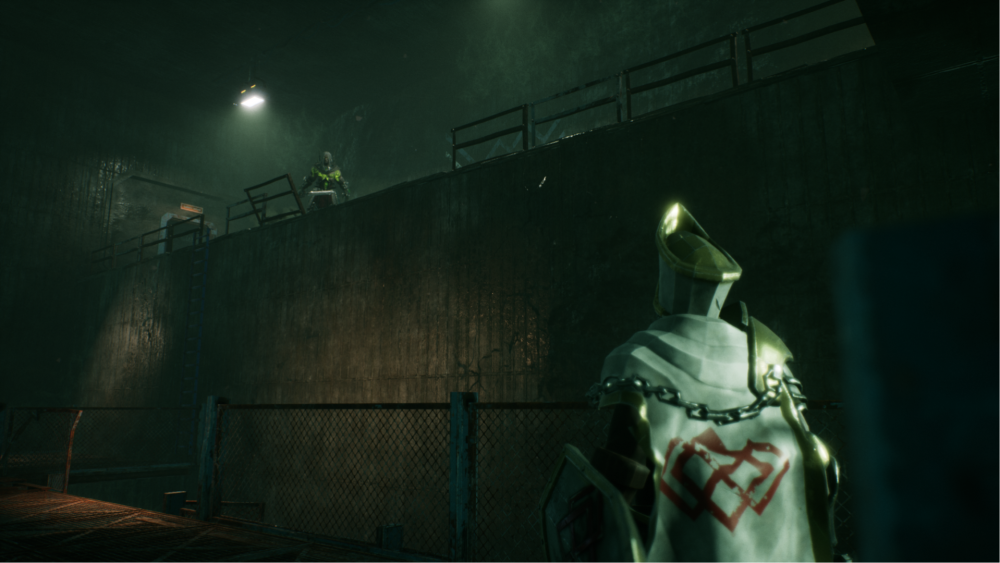
It’s a brilliant idea to do something different in the increasingly-crowded Soulslike genre (no complaints from me, I love them). It allows you to have four very different play styles and setups available to you at the touch of a button. However, it’s not as simple as switching over to your preferred way of playing for a particular situation. You are encouraged, almost forced, to keep switching up your characters to maintain your stamina in order to attack, and dodge.
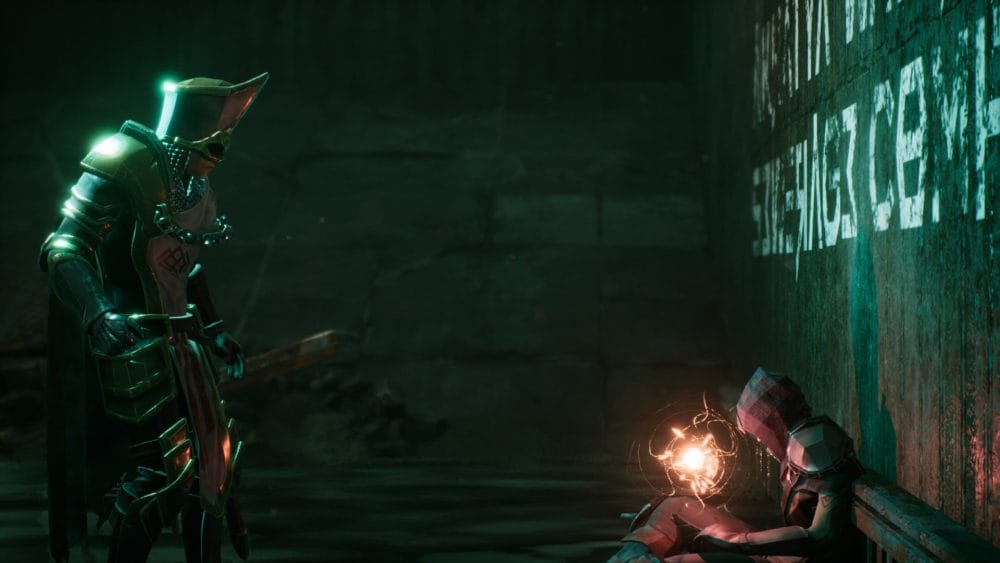
Interestingly, you have quite low stamina (so far at least), and switching your characters allows you continue your attack and evasion so your initial pick can recover. Furthermore, your max amount of health of a character at any time is also the max amount of stamina you have to play with too (so if you’re at half health, you’re also at half stamina too). This can be helped by switching your character to another who has more health. It really forces you think about your playstyle, having to switch up your strategy mid-battle.
And it seems to work on the whole. It’s still early days, and can be a bit of ‘getting into the the swing of things’, but when it does work, it’s reaaaaaaallllly satisfying. It can feel a bit clunky if you select the wrong one in a bit of a panic as a boss or elite enemy is bearing down on you, but I felt that was more my issue than the game. It’s super dynamic mid-combat too, by attacking, you build up your ‘sync’ meter which allows you to perform Morphstrikes and Morphdodges. These are attacks that do increased damage as a combo hit, and dodges that allow you to switch your character (maintaining your stamina) whilst you’re still dodging.
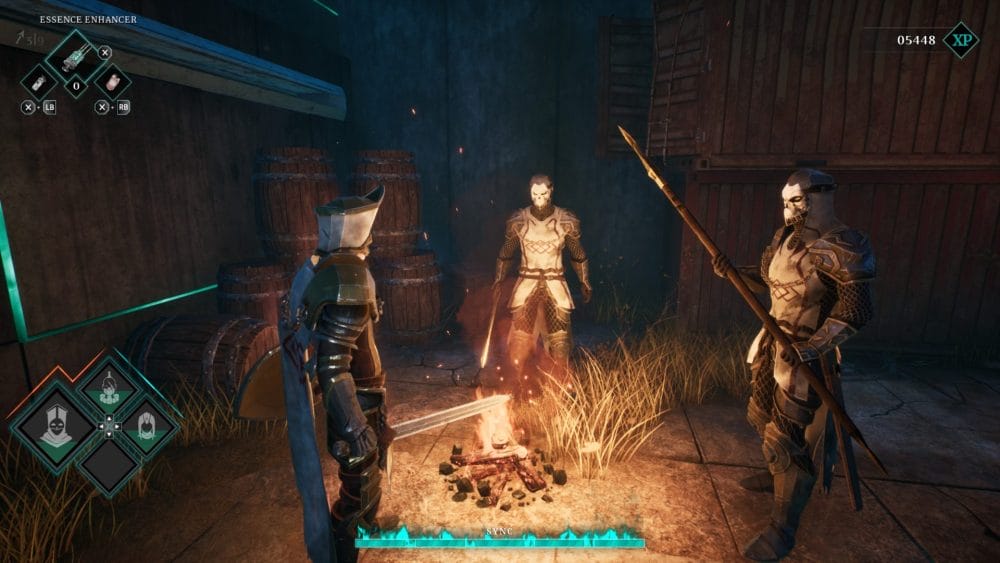
The more and varied characters you unlock, the greater variety of combos, as well as perks you can obtain. The character design and backstory are really intriguing, and the dynamics play out in both the story, and your combat. The benefits of having synergy with another character (such as corresponding beliefs) versus the benefits and debuffs of being at odds with someone (i.e. because they’re a heathen and you aren’t) is an interesting dynamic you’ll need to manage through the game. Plus you get all the dialogue that goes with those dynamics, which can be quite humorous at times.
From what I’ve played so far, I really liked the atmosphere and world building that’s gone on. You get a real sense of the collapse of civilisation in the three varied areas I explored; a laboratory, underground, and the lower streets area. Soulslikes tend not to prioritise graphics, but Deathbound certainly manages to create great looking environments and ambience.
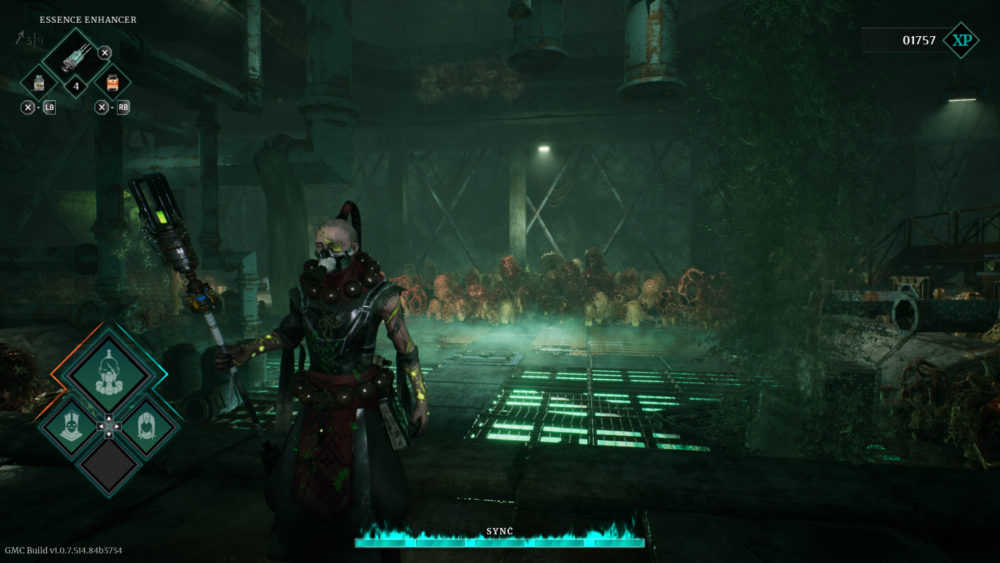
Gameplay wise, it’s as you’d expect from a Soulslike, light attack, heavy attack, block, ranged attacks etc. The variety in the styles of characters abilities is good and varied too. From classic sword and shield, rogue-esque nippy backstabbing with a crossbow, to a mage type character creating pools of poison, and warrior with a spear for greater reach, it gives you a load to play with (literally). I was playing with an Xbox controller on my PC and it handled great. It felt chunky and a slower paced to say, Lies of P, but not by much and it didn’t feel sluggish.
What I did notice was that the game is fairly generous with consumables, both offensive and defensive types. Given my experiences with the bosses, I’d certainly recommend embracing them and not holding onto them, just in case (ala Elden Ring and its “retirement grease”).
And of course, all kills grant you ‘essence’ (souls) that you use to level up at rest sites (Phylacterys), as well as upgrade equipment and level up. Levelling up applies to all characters, so when you encounter new characters later on, you’re not starting from scratch. As per with Soulslikes, don’t die whilst carrying a bumper haul of essence, lest you run the risk of losing them, should you fail to retrieve them.
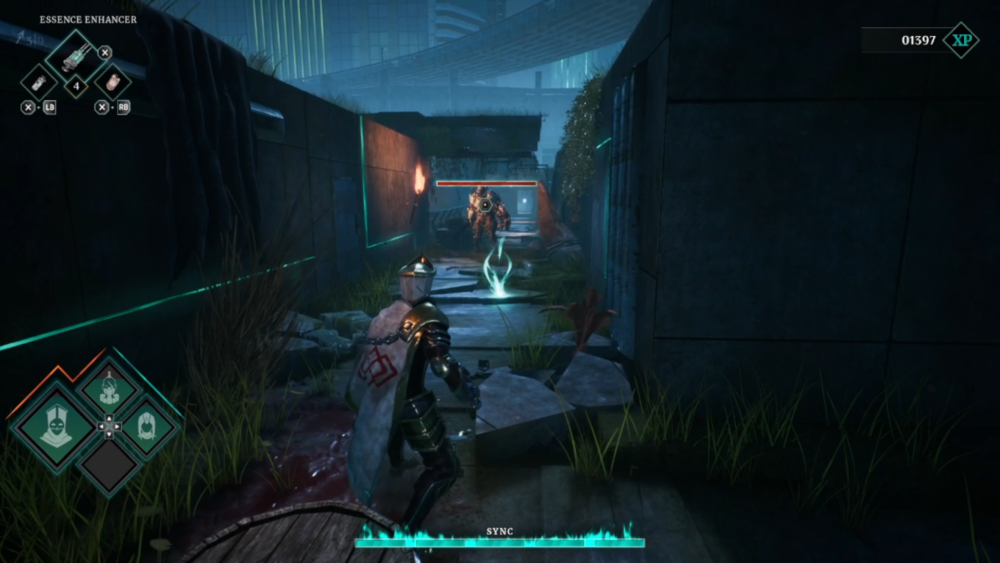
The enemies and bosses I encountered had a fair bit of variety, even if it was early days. Spears to dodge, exploding spiders, and heavy hitting brute types are peppered throughout the levels providing a good challenge. Some enemies seem severely intimidating after a first encounter, but nothing has seemed insurmountable as yet. I’m not about to spoil anything boss wise, but the two I’ve encountered certainly provided a good challenge, and were very satisfying to defeat (I might have audibly whooped when I beat the boss at the end of the preview).
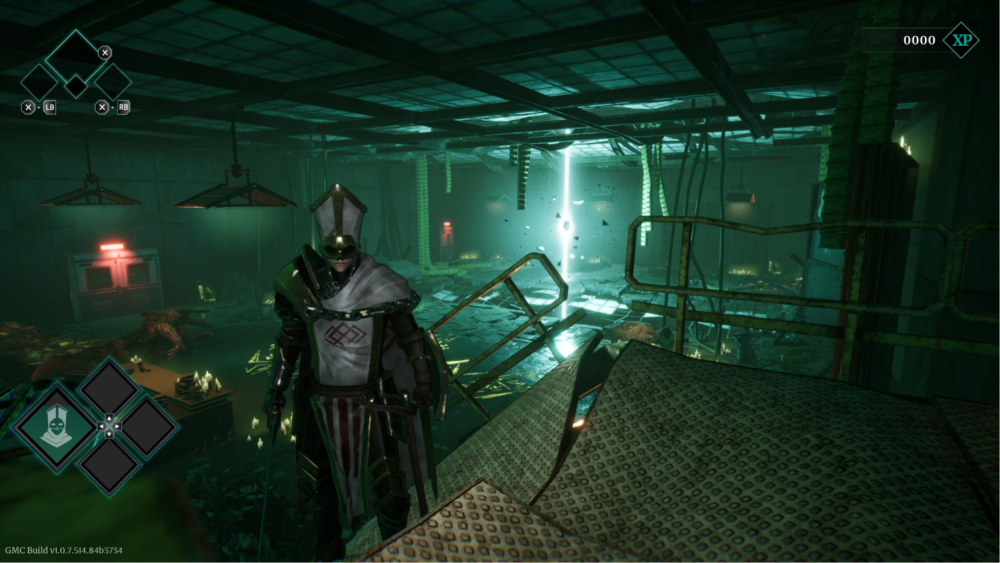
The first few areas I explored seemed to be fairly linear (nothing wrong with that of course), though there was certainly plenty of nooks and crannies to explore to find collectibles (in the form of memories of the different playable characters, and notes), as well as consumables, rings and artefacts that give you buffs (which can be upgraded). The maps do seem to be quite intricate, with shortcuts, unlockable doors to return to, and side-quests that will keep you busy. We’ll have to see if the remainder of the game maintains this more intimate approach, or opens up the maps more.
So far, I’ve really enjoyed Deathbound and I’m very excited to see what else Trialforge Studios has instore for us in the rest of the game. Keep an eye out for my review next week, ahead of the game’s release on 8 August 2024.
Previewed on PC, using an Xbox controller. Deathbound is aiming to be SteamDeck verified on launch. It will also launch on PS5 and Xbox Series consoles.
Many thanks to Trialforge Studios for providing us with access to preview the game.
